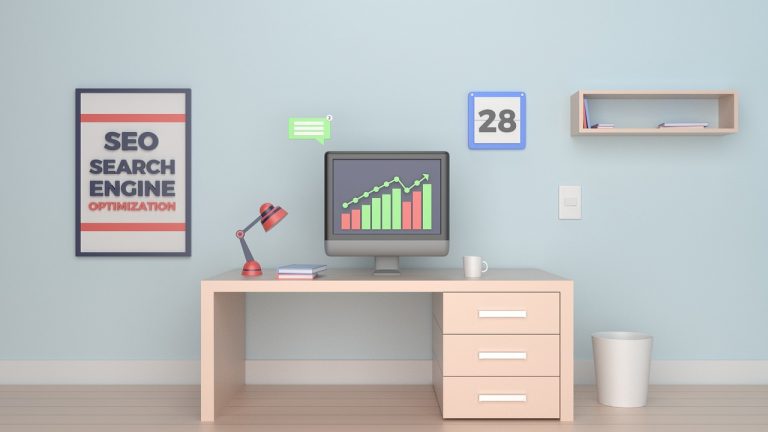Most credit unions use content for inbound marketing in some capacity. But from what we’ve seen, most credit unions don’t follow many (if any) best practices. So, we’ve put together a brief on-page SEO checklist for copywriting.
This is not an exhaustive list, and it doesn’t cover most of the technical side of things. Also, optimization for copywriting is constantly changing. Some gotta-dos in here might be outdated in a year. Still, these tips will help you generate compelling, ranking content…
Usually.
CU 2.0’s On-Page SEO Checklist for Copywriting
The following sections outline how important each item is on the checklist. If you’re new to SEO copywriting, this section will look thick—maybe even chonky.
But what if this looks like too much?
Focus on the “critical elements” first. Once you’ve mastered those, move to the “high priority” elements. Keep making your way down the list until you do them all without thinking.
Critical SEO Elements
These aren’t exactly necessary for on-page SEO, but they’ll help you start developing an SEO strategy. In the long run, these will be just as important as any of the words you use while copywriting.
- Define the purpose of your content. What specifically do you want to communicate?
- Research appropriate keywords to use.
High Priority Checklist
After you’ve finished your critical on-page SEO elements, you’re ready to start writing. The following six tips will dramatically improve the visibility of your content.
- Write blogs of at least 350 words. 500+ words is better. Shorter content rarely ranks.
- Use target keywords and/or variants in the title. Use them in headers when appropriate.
- include your keywords in the first 100 words—or even in the first paragraph.
- drop in keywords and variants in the body but be natural about it. Use synonyms, abbreviations, plurals, etc. like a normal human.
- Use keywords in the meta description.
- Make the content compelling and useful.
Medium Priority Checklist
If you’re comfortable with the critical and high priority issues, then you’re ready to work on these. These are less important for overall on-page SEO, but they should make their way onto your checklist anyway. Anything that gives you an edge is good.
- Keep keyword density around 2% (+/- 1%).
- Build internal links into your content and feature them with strong anchor text.
- Attach other media. Video is best, but infographics and pictures are good too.
- Make the content fun and easy to read (especially for humans who don’t need to read it).
- Put keywords in alt image tags and text.
- Include keywords in URL slugs if possible. Don’t use conjunctions. Do be descriptive if possible.
Low Priority Checklist
This section of our on-page SEO checklist includes a few tips that generally keep people reading longer. Search engines equate more time on page with relevance and authority. Making things easy to read—and easy to skim—will improve your search engine results page (SERP) rankings.
(Bonus point: higher readability increases visitors’ lead scores.)
- Feature external links when appropriate—but not to competitors.
- Write for bored people with short attention spans.
- Write short paragraphs. 2–3 sentences are usually enough.
- Write short sentences. 20 words make a long-ish sentence. It’s too long for most people on the internet.
- Don’t cram a bunch of dependent clauses into one thought—break them up.
- Encourage faster reading and closer engagement with sneaky tricks. Want an example?
- Ask short rhetorical questions and answer them in the next paragraph.
- Also, try this:
- Add a full return between clauses separated by colons.
- Use bulleted or numbered lists when appropriate. Hint: it’s appropriate very often.
- This blog is an egregious example, though. Don’t be like this.
Other Suggestions for On-Page SEO Copywriting
These suggestions don’t necessarily fit into the priority lists. Most of them don’t directly affect on-page SEO relevance at all! Rather, they’re just helpful tips that you should follow.
- Use bold text to highlight important areas of text. Use italics to emphasize something.
- Weave in a slightly conversational tone—people don’t want to read technical manuals.
- Avoid the passive voice.
- Don’t try to say too much. Figure out your main point(s) and get then there.
- Choose a typeface and paragraph spacing that give readers a break. No walls of text!
- Don’t get sales-y. Nobody likes that.
- Promote your content in social media posts and email newsletters.
About Credit Union Content Marketing
Your goals with your content might differ from your peers. Some credit unions use content to streamline their sales processes. Others use it for marketing, promotions, and event highlights. Many use it to increase member engagement.
But sometimes, content marketing alone doesn’t cut it. In our own practice, we found way, way more success after we supercharged our content strategy.
How?
Well, we started using a marketing automation platform. It allowed us to guide our site visitors to other content that might help them. Just like on-page SEO, automation isn’t necessary, but it helps a lot.
Additional Reading
Here at CU 2.0, we actually sell content creation and marketing services to credit unions and fintechs. But although it pays the bills, we do it because we believe in those industries. We want them to succeed. We’ll do what we can to ensure they do.
So, that’s why we’re writing all these blogs about inbound marketing. That’s why we put together this on-page SEO checklist for copywriting:
We want you to flourish, even if we’re not part of your budget. Whether it’s with your own marketing team or another third party.
Keep fighting the good fight, credit unions.
P.S. Subscribe to our blog. Or don’t. It’s all good. You do you.




